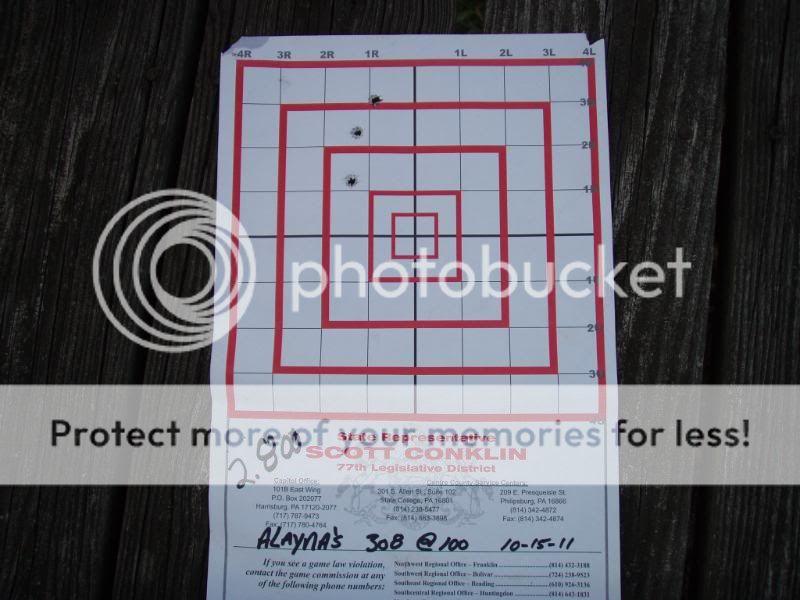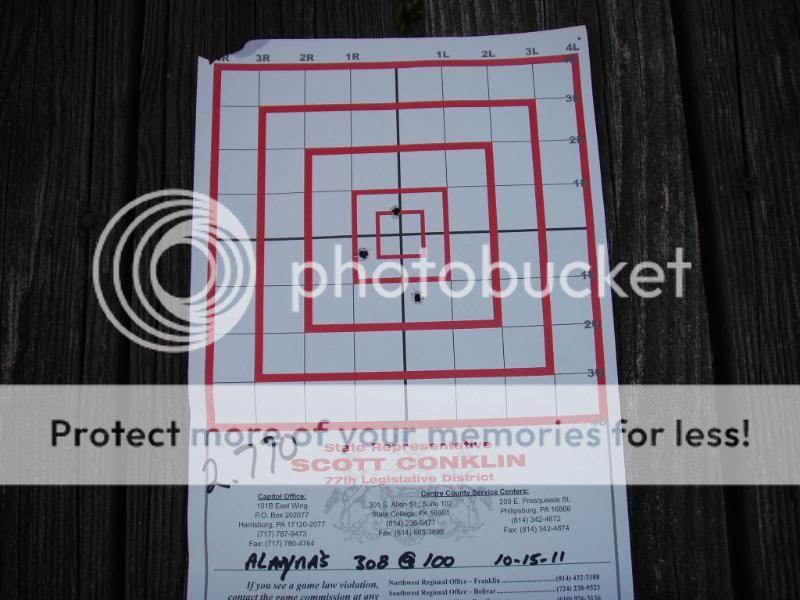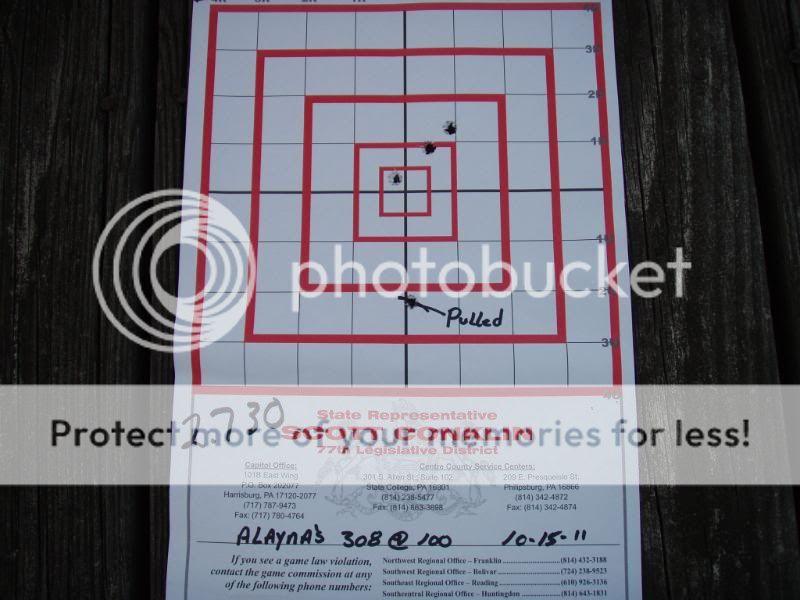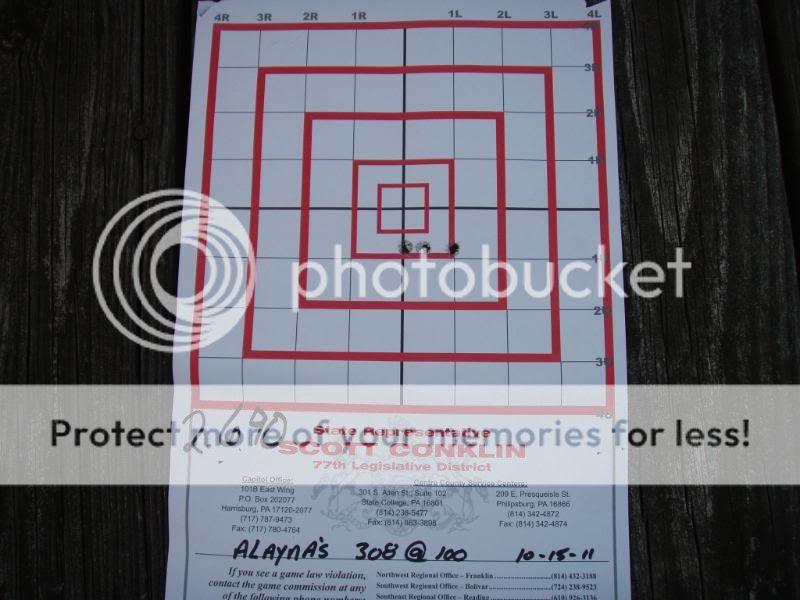I start by referencing multiple reloading manuals and see what they state the most accurate powder type and amount is for the cartridge plus+ bullet weight I'm shooting.
Mostly likely I'll have at least a 1lb jug of whatever powder they suggest.
From there I do some Googling and reading opinions from others to see if their accuracy nodes for the same cartridge+powder+bullet jives with the reloading manuals. Usually it does. This can usually cut way down on the quantity of loads you need to try before finding an accurate one. For example; a 30-06 size cartridge you should be able to narrow it down to about a 2gr window to start testing powder charges.
I find my OAL for the rifle, and note that. Then I load a dummy round with no primer or powder to exact magazine length; then measure to verify I won't be in the lands or uncomfortably close to the lands. Usually no problems and I'll load my initial testing ammo as long as the magazine lets me.
I'll tweak COAL after finding the best powder charge. Which doesn't take too long because usually I can narrow it down to a couple grain window to test.
Maybe I've just been lucky, but it seems like half of the time the most accurate COAL was the magazine max length anyways.
Anytime I've deviated from the above, it feels like my testing time, energy, and budget increase at a quick rate. I have spent
A LOT of time testing combinations of reloading supplies trying to find the most accurate. Anymore, I'm quicker to try a different bullet if my initial testing doesn't end in positive results.
Hope this helps.







